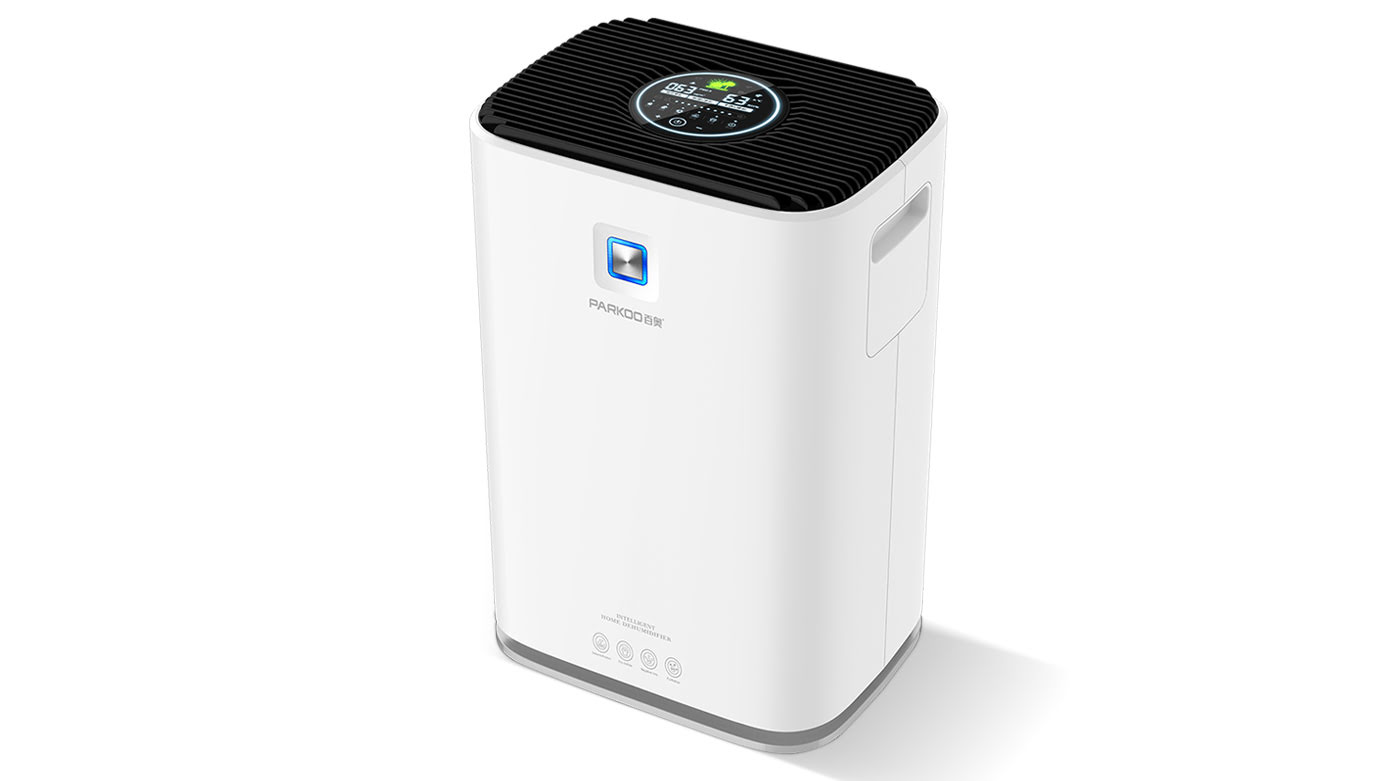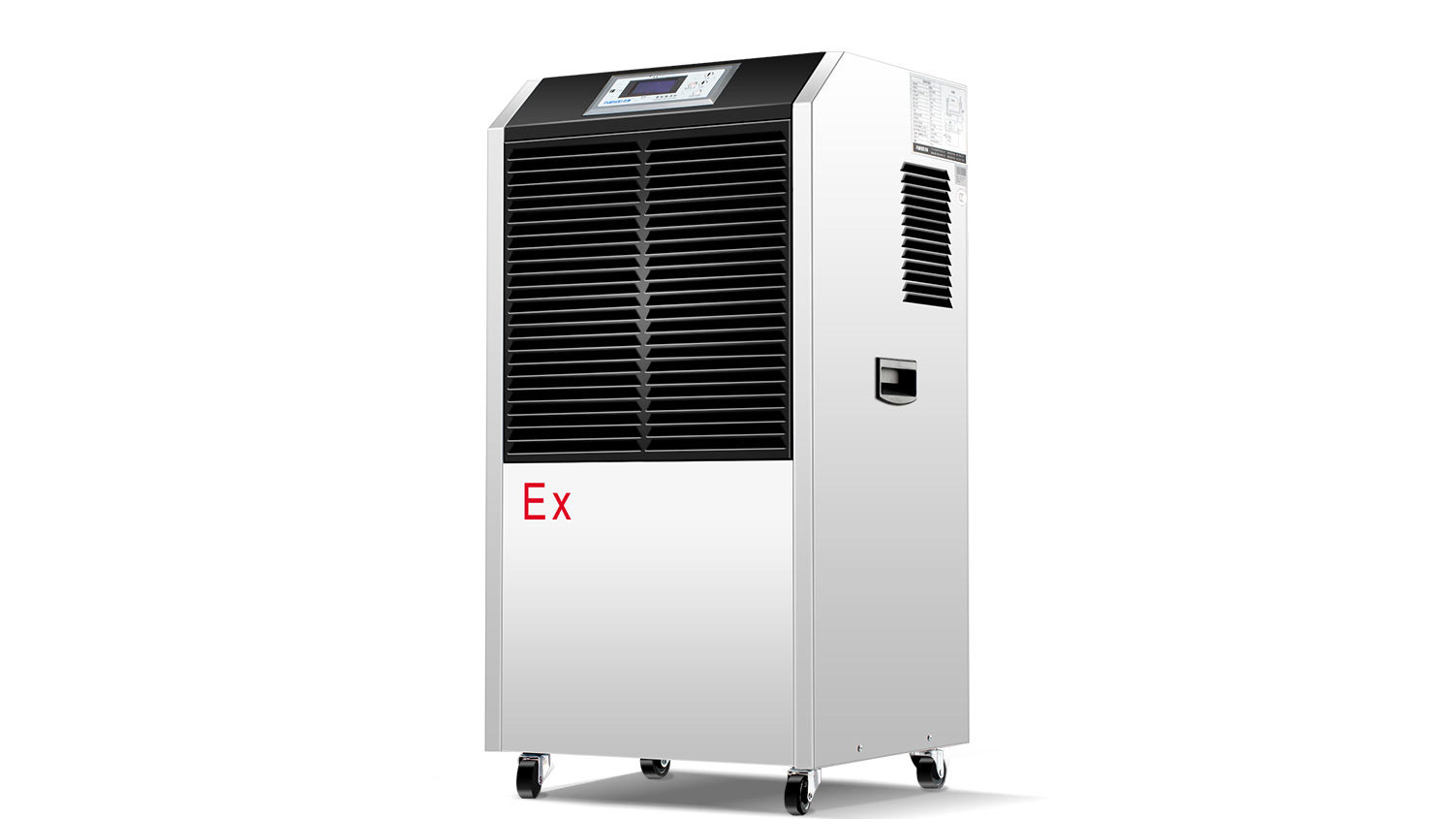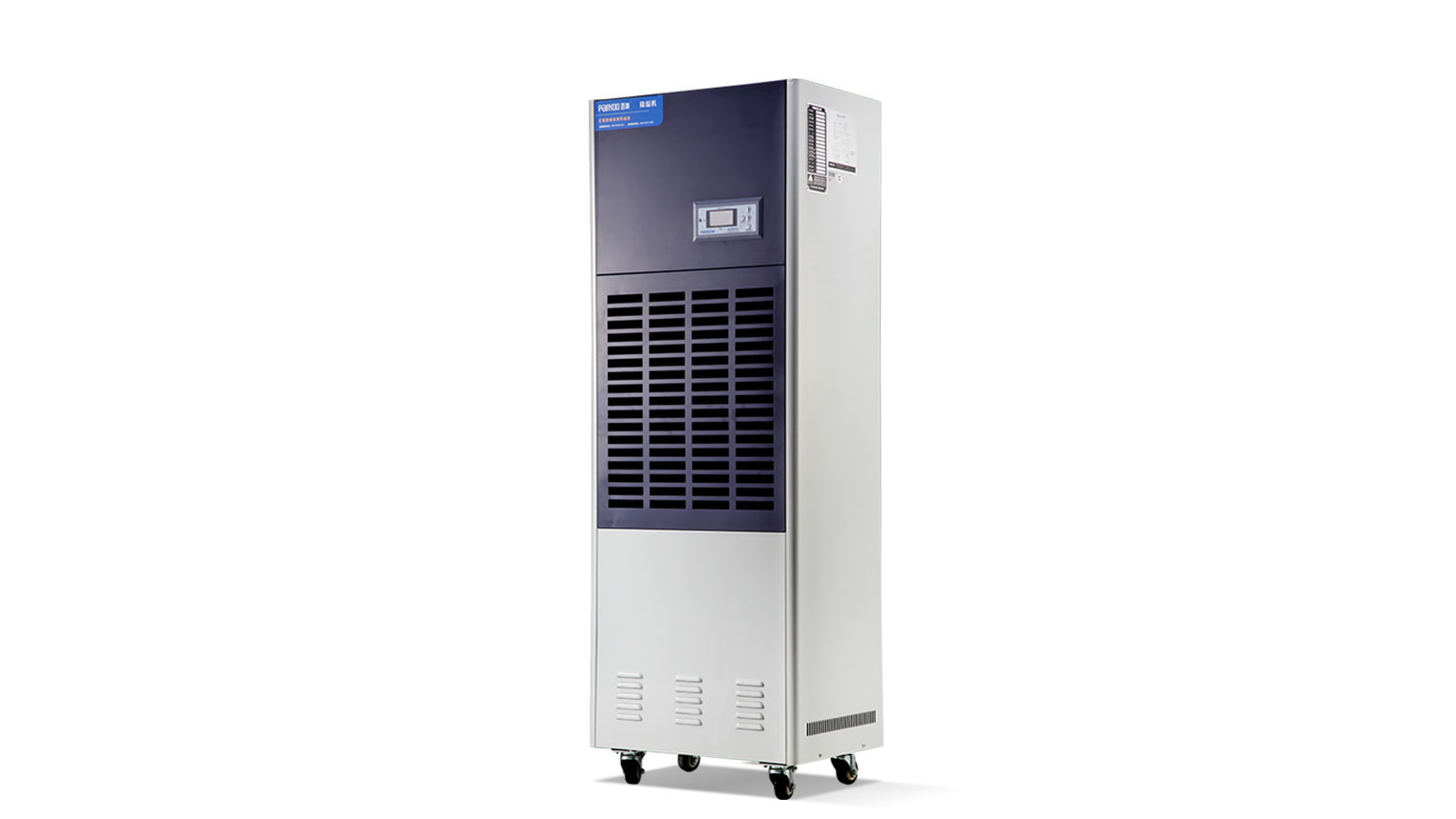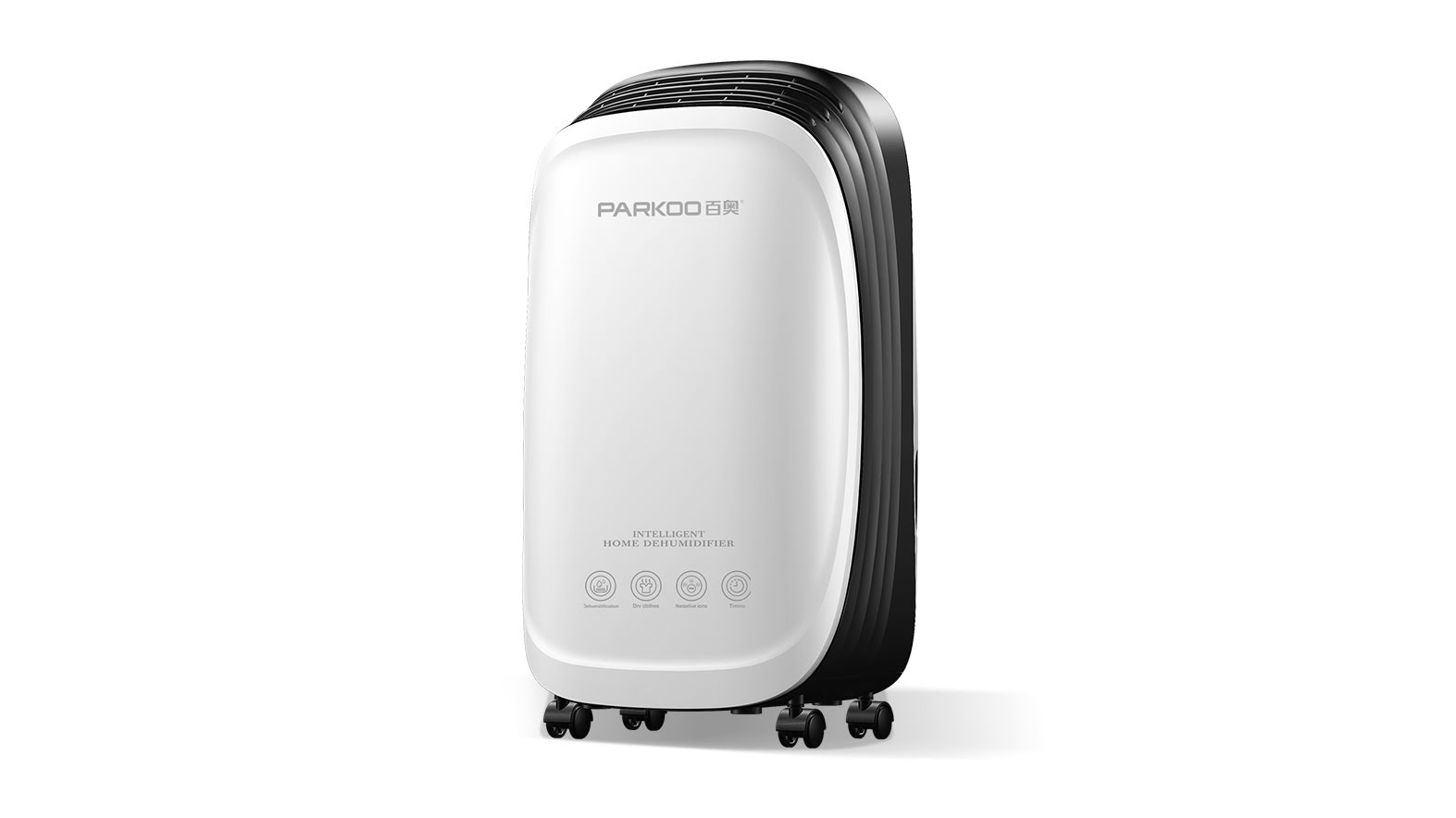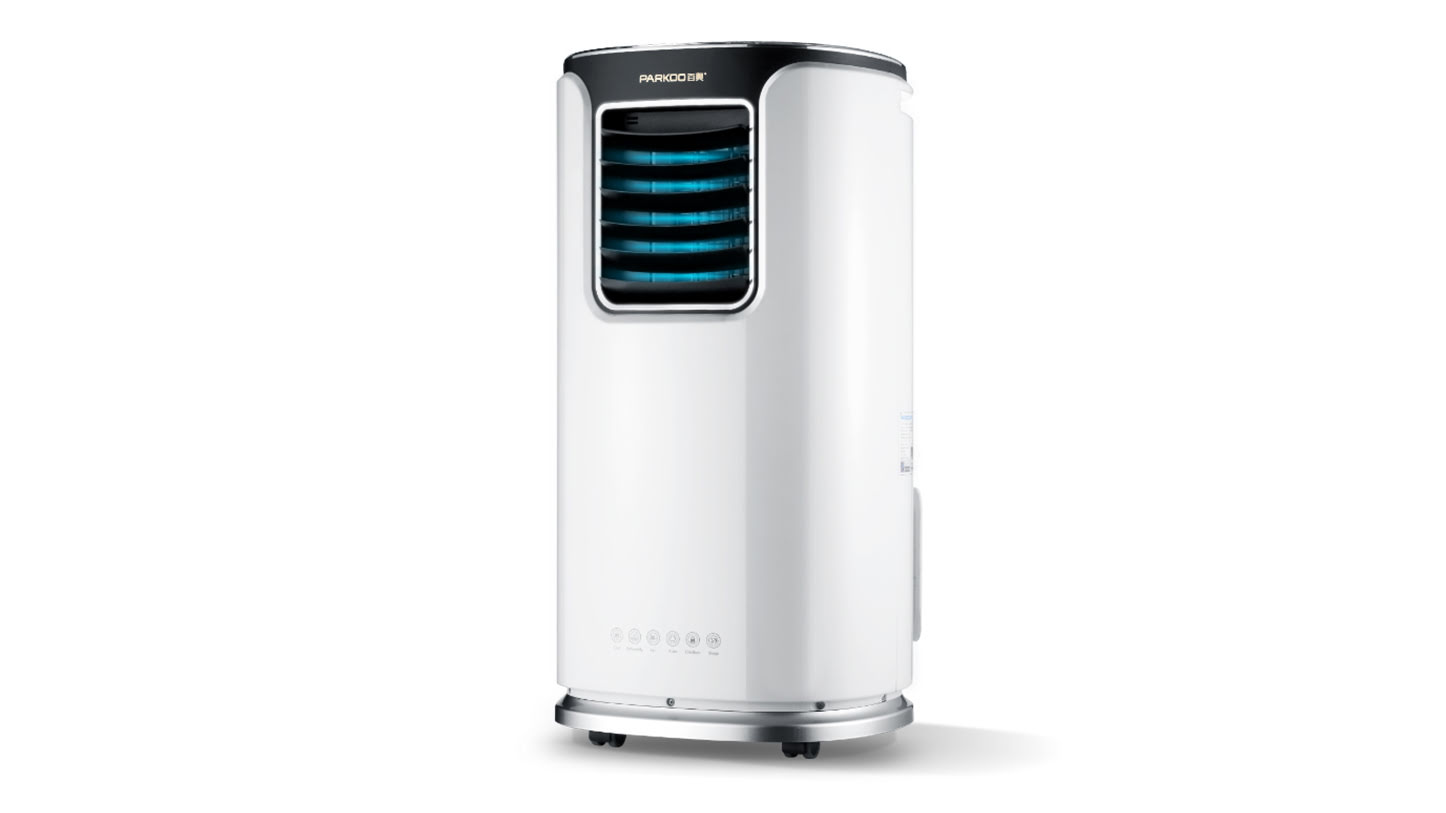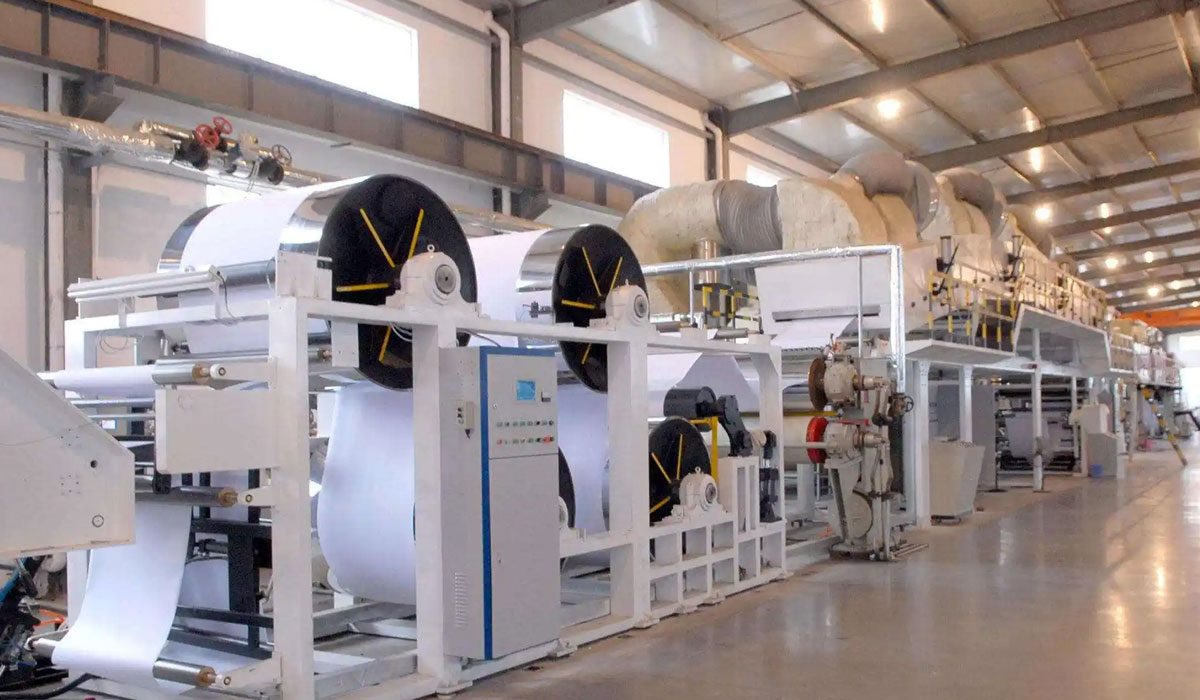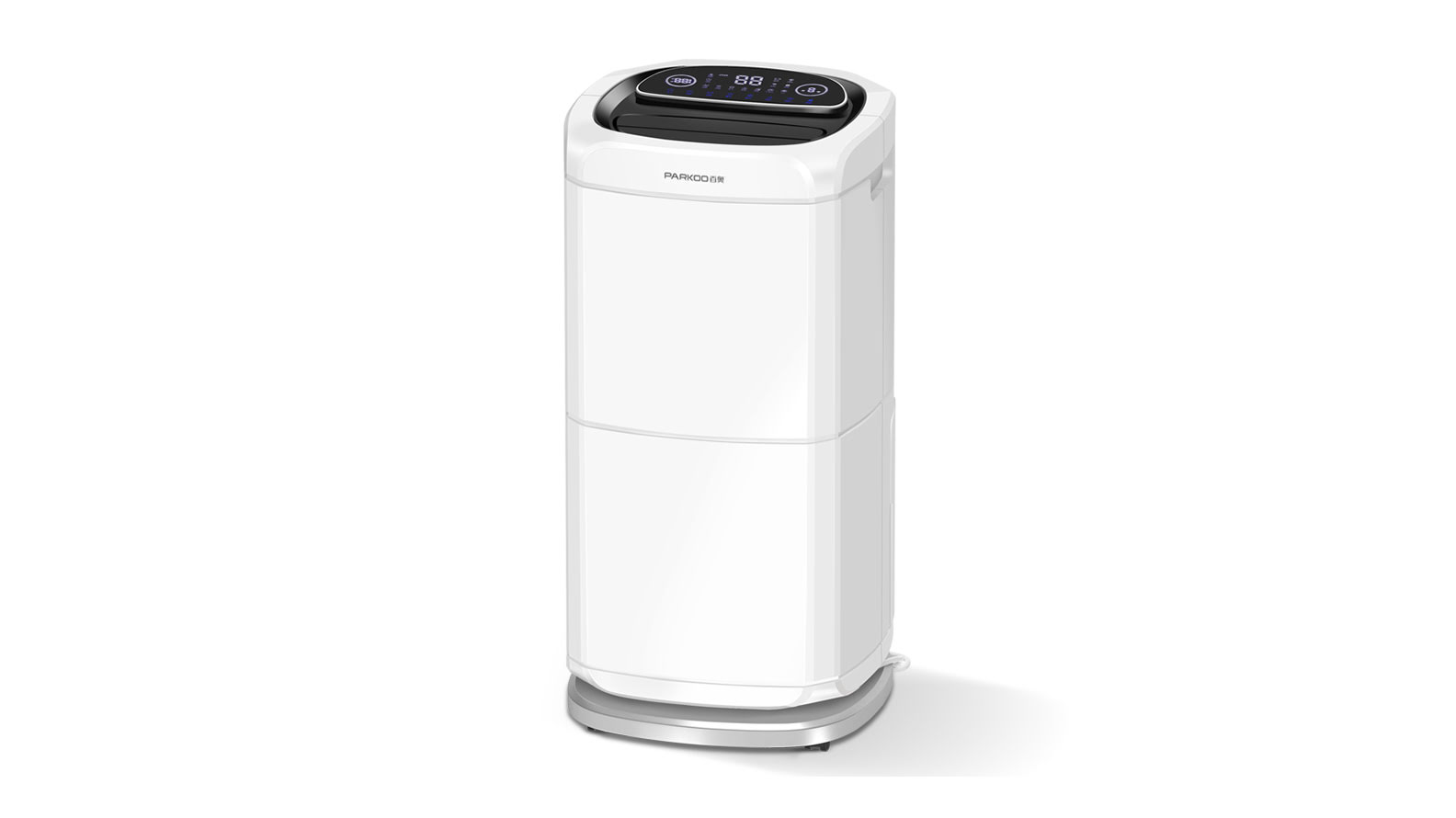Aviation industry - parachute huMidity regulation and Moisture control
Over the years, skydiving or parachuting spoRTs have undergone significant technological and performance improvements. Whether as a source of entertainment or High-performance sport, or for the military to deploy Airborne forces and supplies, or for emergency landing, skydiving has Come a long way. safety is a crucial factor, and various innovations have been made in material specifications and design to ensure a smooth and safe landing
during storage, the bottom cloth of a parachute is prone to decay from mold and fungi.
. The moisture condensation on the substrate Causes the parachute membrane to deform/damage, Making the parachute very unsafeThe impact of uncontrolled humidity
water vapor condenses on the fabric of the chute
Moisture provides a warm bed for mold and fungal Growth
The decay of the fabric causes significant safety issues
The reason for uncontRolled humidity
after parachute jumping, the parachute is usually wet because water vapor condenses on the fabric of the chute.
. The Damp fabric provides a warm bed for the growth of fungi and moldsThe military, which frequently uses parachutes for personnel training, faces the problem of parachute fabric rotting during storage.
The traditional parachute drying method is to hang the hook on the high ceiling and a huge room with a fan.
. this process is not only time-Consuming, but also has not fully liberated the parachute from moisture, which is always trapped in folds
general recommendations
To avoid problems caused by uncontrolled humidity and condensation, the dry and storage area of the parachute should be Maintained at 40% RH at 30 ° C
